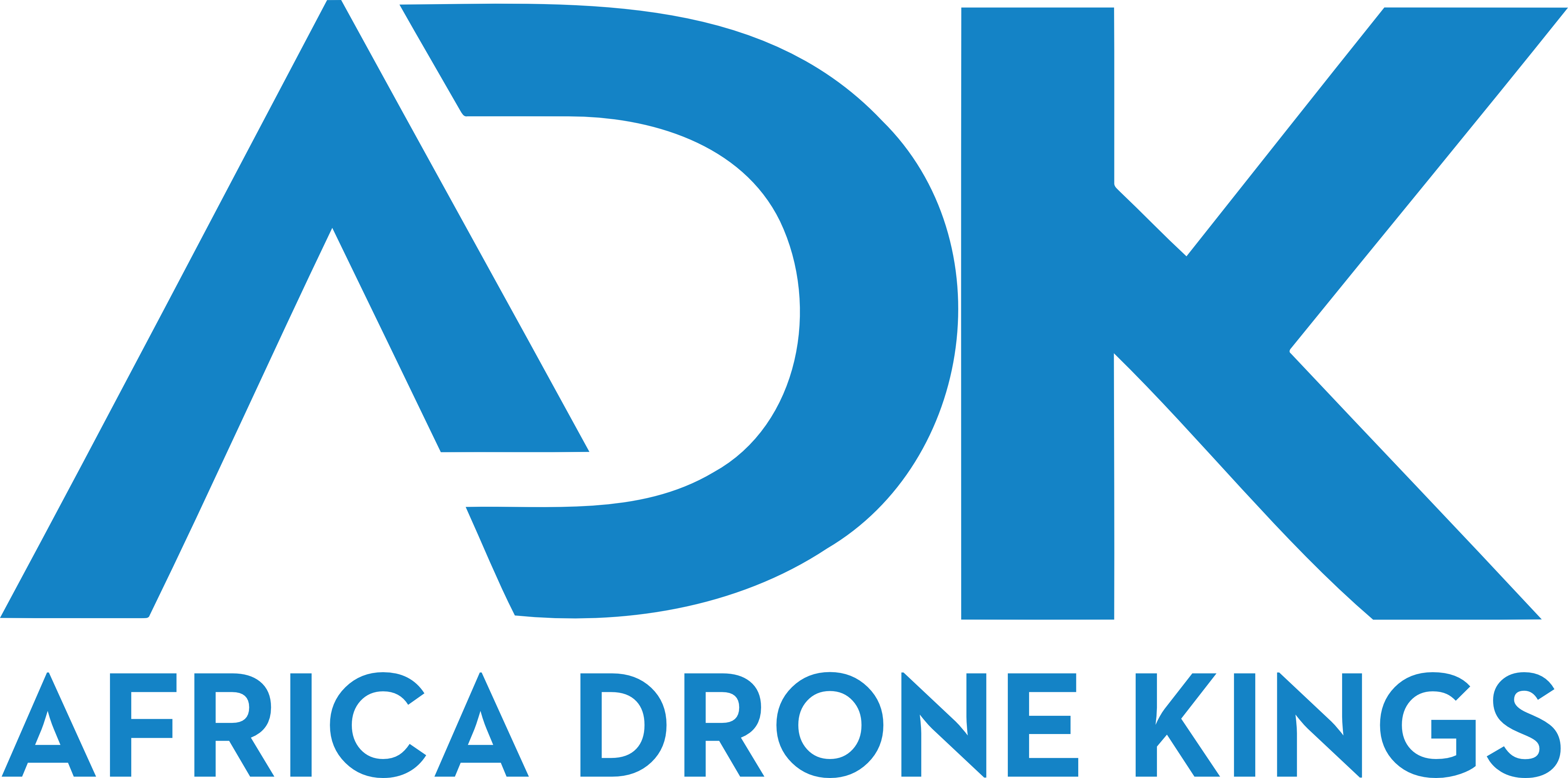Private use –
(a) RPAS may only be used for the personal and private purposes of individuals where there is no commercial result, benefit or interest;
(b) pilots must comply with all legal requirements regarding liability, data protection and other laws enforceable by other authorities;
Other uses –
(a) The RPA must be registered and may only operate in accordance with Part 101 of the South African Civil Aviation Regulations.
DO:
-
- Always fly and operate your remote control plane or toy plane safely.
- An RC plane or toy plane should always be in sight.
- Fly/operate the RPA during a clear day. Check your aircraft before every flight.
DO NOT:
-
- by act or omission, jeopardize the safety of another aircraft or passengers, or the safety of any person or property, by negligently flying/operating an RC airplane or toy airplane.
- fly or operate your RC airplane or toy airplane more than 50m from Individuals or groups or the following locations(sports stadiums, street races, schools, social events, etc.)and/or any Property without prior permission.
- fly or operate any radio controlled or toy aircraft unless approved by SACAA. near manned aircraft .
- fly or operate any radio controlled or toy aircraft within 10 km from the airfield (airport, heliport, airfield) . Weight 7kg or more . in controlled airspace .
- fly or operate any radio controlled or toy aircraft in restricted airspace in a no-fly zone.
- fly or operate his RC airplane or toy airplane above 150 feet above the ground unless approved by the SACAA Civil Aviation Director.
Are there registration requirements to fly a drone in South Africa?
Pursuant to Part 101.02.4(1) of the Civil Aviation Regulations 2011, no Remotely Piloted Aircraft (RPA) may operate in South Africa unless the RPA has been issued a Certificate of Registration by the Director General .
How to register?
RPA Applicants should fill out the following forms according to their purpose .
Form CA-47R1 – Application for Re-registration of RPA.
Form CA-47R2 – For Change of Ownership.
Form CA-47R3 – for cancellation due to accident or export.
Form CA-47R4 – Change of C in R due to company name change, address change, or manufacturer name change.
Form CA-47R5 – Duplication of R due to loss, theft, damage or destruction C.
These forms are located on the SACAA Airworthiness Forms page on their website (not always accessible).
Pilot license requirements to fly drones in South Africa Aviation training must be completed at an Authorized Training Organization (ATO) prior to applying to SACAA. Previous requirement pilot license
The following requirements are mandatory:
Applicants must not be under the age of 18
Applicants must have a current medical report in need to identify her ATO for training Foreign theoretical training is recognized and verified (ASK)Only successful ones are accepted
Applicant must pass their RPL practical exam
Applicants must also pass a radiotelephone test Achieve English Proficiency (ELP) Level 4 or higher.
All applications must submit to SACAA.* See Part 101 Civil Aviation Regulations (CARs) and Civil Aviation Technical Standards (CATS) for a complete
Notes for recreational drone pilots flying for fun in South Africa
Private operation – means the use of an RPA for an individual’s personal and private purposes where there is no commercial outcome, interest, or gain;101.01.2 (1) Subject to sub-regulation (2), the provisions of Subparts 2, 3, 4, and 6 of this Part do not apply to the private operation of RPAS. We interpret this to mean that registration, licensing, and maintenance requirements (for commercial operators) do not apply to private operations within the scope allowed.(2) Notwithstanding sub-regulation (1), the provisions of regulations 101.05.5(2); 101.05.8(1)(b), (c) and (d); 101.05.9(1)(a) and (b) do not apply to the private operation of RPAS.(3) Private operations of RPAS shall be conducted only in R-VLOS with a Class 1A or 1B RPA.
Private operations are also exempted from Sub-regulations:101.05.21 – 25Restricted visual line-of-sight* – means an operation within 500 m of the remote pilot and below the height of the highest obstacle within 300 m of the RPA, which the remote pilot maintains direct unaided visual contact with the RPA to manage its flight and meet separation and collision avoidance responsibilities;
It is the full responsibility of the remote pilot of the RPAS to fly his/her aircraft safely and not endanger the safety of another aircraft, any person, or property. Remote pilots must comply with all legal requirements regarding liability, data protection and other laws enforceable by other authorities.1. RPAS private operations are performed.
R-VLOS only with class 1A or 1B RPA (mass < 7 kg, impact energy* < 15 kJ)2. Don’t skip RPA: near manned aircraft Within 10km from an airfield (airport, heliport or airfield)controlled, restricted or prohibited3. He must not fly the RPA more than 50m away from the following places.
Individuals or groups (sports arenas, street races, stadiums, schools, social events, etc.)public road Property without owner’s permission Four.
Only fly the RPA during the day and in clear weather Follow the general rules above, but visit the regulatory link provided to check for updates.
no fly zone South Africa has many no-fly zones. As previously stated, drones may not be flown over or near military areas, airfields, airports, and helipads. Other no-fly zones are: Nuclear power plant, prison, Police station, crime scene, coat national key point Drones cannot be flown in national parks or reserves. This is because some visitors use drones to disrupt or hunt wildlife. Subject to special permits, only drones used for conservation and research purposes are permitted.


